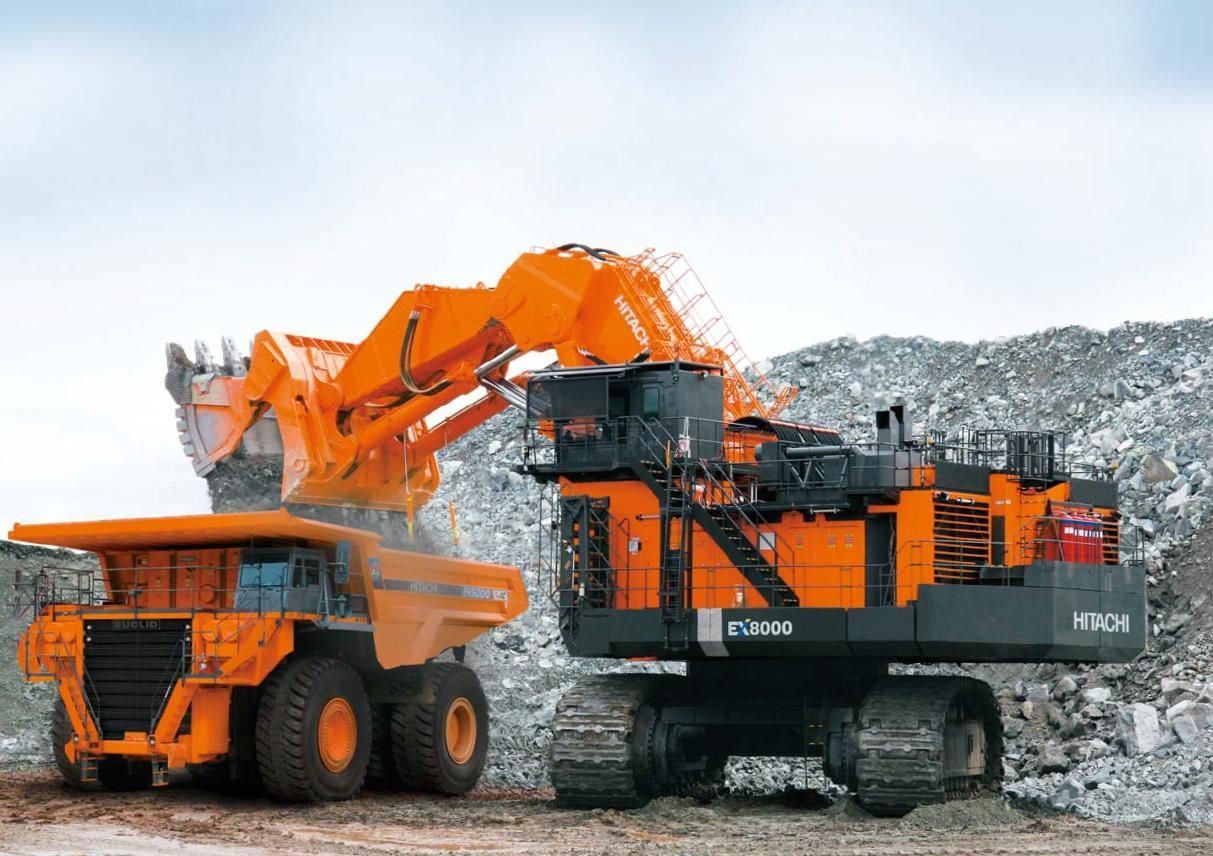- Slow down when conditions dictate that you do so. Some examples are traveling in rough terrain, going up or down a hill when towing or carrying heavy loads, entering public roads, and when back with the bucket loaded.
- Know the machinery that is operating. Read and review the operator’s manual. Familiarize yourself with the controls before working with the loader or hydraulic shovel.
- Know the area where you are working. Locate canals, trunks, debris and undercut edges. Avoid these dangers by keeping a safe distance.
- When loading loaders at the front carry high loads, be aware of obstacles on your head such as power lines.
- Keep the bucket as low as possible to ensure stability and increase your visibility and be aware of people. Lift the loader only when it is necessary to unload it.
- When digging with a hydraulic shovel, never undercut the area under the hydraulic shovel stabilizers. If you suspect that the ground is unstable, use a platform under the rear wheels and stabilizers to prevent subsidence.
- Do not allow too many passengers.
- Make sure that the machinery is not in change before turning it on. Always turn it on from the driver’s seat. Make sure no one is in front of the wheels when turning on the machinery. Do not avoid safety systems that prevent new tractors from starting when they are at high speed.
- Add ballasts or rear weight when a heavy load necessitates this precaution.
- When digging with the hydraulic shovel on a hill, turn the hydraulic shovel upward to unload the load and maintain stability. Dumping forward on a slope can cause the machine to tilt or turn over.
- Always turn off the engine, lower the bucket and the hydraulic shovel. Apply the parking brake before lowering the machinery.
- Use extreme caution when filling. The weight of the filler material along with the weight of the loader can cause the edge of the site of the new excavation to collapse. Before starting to fill, walk over the area and examine the stability of the soil.
- Keep steps and platforms clean and tidy of parts, tools, and debris. Do not raise or lower while machinery is in motion. Wear the appropriate shoes with soles that have good grip.
- Never use a front end loader to lift a person, as the hydraulic system may fail or accidentally someone may touch the controls causing the worker to fall. Use the proper lifting equipment for the job.
- Use machinery with protective structure tubes and seat belts. The safety belts will prevent the operator from firing and being run over in a rollover.
- Verify that the area is safe and that there are no spectators before starting to dig or move the hydraulic shovel. Keep the mirrors clean and in good condition. Use recoil alarm when in reverse.
- Know the equipment and its capacity. Train all workers in the proper and safe operation of the equipment. When lifting objects, use chains and cables in good condition and that are resistant to work. Do not allow anyone to walk or work under a lifted load.
- Operate the loader or hydraulic shovel only from the operator’s seat.
- When transporting equipment, be alert for potential hazards, caused by poor visibility, adverse terrain conditions, excessive speed, unstable loads or other vehicles in the area. Use slow moving vehicle signals on the tractor and have the appropriate lights: solid yellow and red blinkers on the back and yellow flashing lights on the front, as well as on the headboard. Turn on the lights when transporting on public roads. Reduce speed. Travel as fast as conditions permit.
- Make sure the environment around you at all times. This includes low electrical wiring, tree branches, bridges or other obstacles. Before you start digging, know where the underground lines of gas, electricity and telephone are.
- Be careful when lifting round objects such as bales, poles, etc. in the cubeLifting the bucket too high or tilting the bucket too far back may result in these objects rolling down the loader arms to the operator
- Visually inspect for hydraulic leaks or parts that are not working properly.
- Ensure that the hydraulic lines are properly connected after repair, otherwise an accident may occur when a control operates in a direction in which it should not operate.
Source:
http://www.revistaseguridadminera.com/operaciones-mineras/medidas-de-seguridad-para-operar-cargadores-y-palas-hidraulicas/



